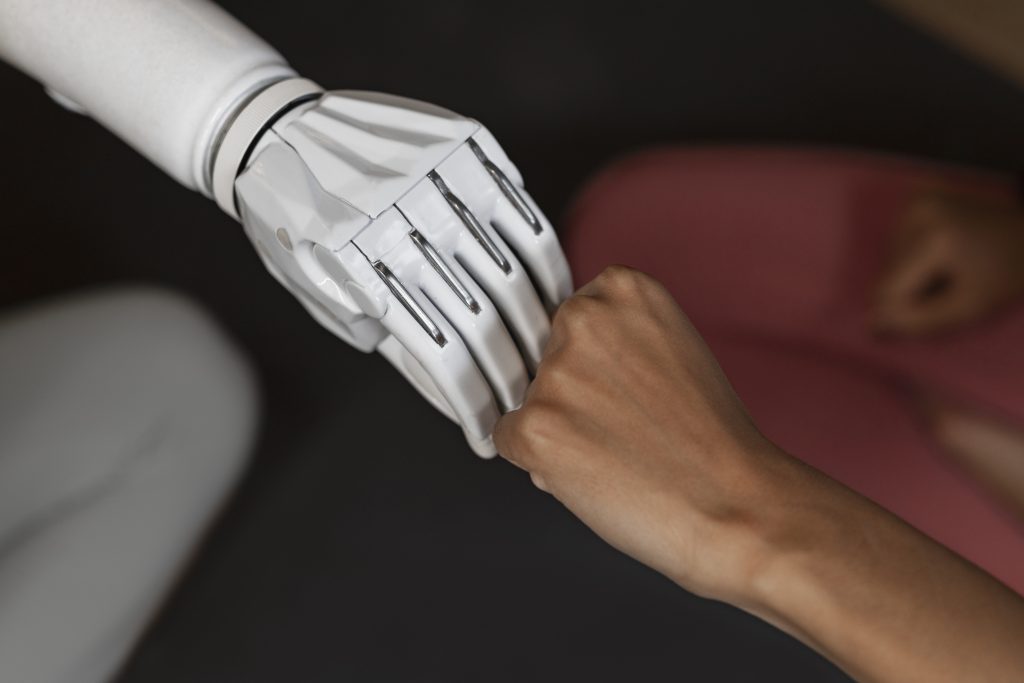A hug is good for your health, even if it’s from a robot
Physical contact has long been recognized for its remarkable health benefits. From hugs to simple gestures of affection, touch plays a crucial role in the physical and mental well-being of individuals. This fundamental aspect of social interaction triggers a complex neuronal process that has immediate effects on the body. Scientific research has shown that social contact can reduce stress, increase levels of oxytocin (a hormone associated with cooperative attitudes), and provide comforting sensations, such as maternal caresses in babies. However, science has only just begun to fully understand these mechanisms and their potential benefits.
Recently, a review of studies published in Nature Human Behaviour confirmed the countless benefits of physical contact, both for physical and mental health. It has been shown that contact can reduce pain, anxiety, and depression in adults, regardless of who provides it. Researchers have analyzed a wide range of studies involving more than 12,000 people, examining the duration and type of contact applied, as well as its effects on physical and mental health. Surprisingly, they found that tactile contact, whether through hugs, massages, or caresses, generates benefits regardless of who provides it, whether a close friend, a stranger, or even an object or robot.
These findings suggest that physical contact with objects or robots could be equally effective in improving physical and mental well-being. For example, previous studies have shown that contact with a therapeutic robot named PARO significantly reduced participants’ perception of pain and oxytocin levels in saliva. Furthermore, although research primarily focuses on humans, it is recognized that many animal species also benefit from tactile interactions, suggesting that pets could experience an increase in their well-being through contact with their owners.
In conclusion, physical contact, whether with humans, animals, or objects, can trigger significant health benefits, underscoring the importance of touch in promoting overall well-being. However, further research is needed to fully understand the scope and mechanisms of these benefits in different contexts and populations.

